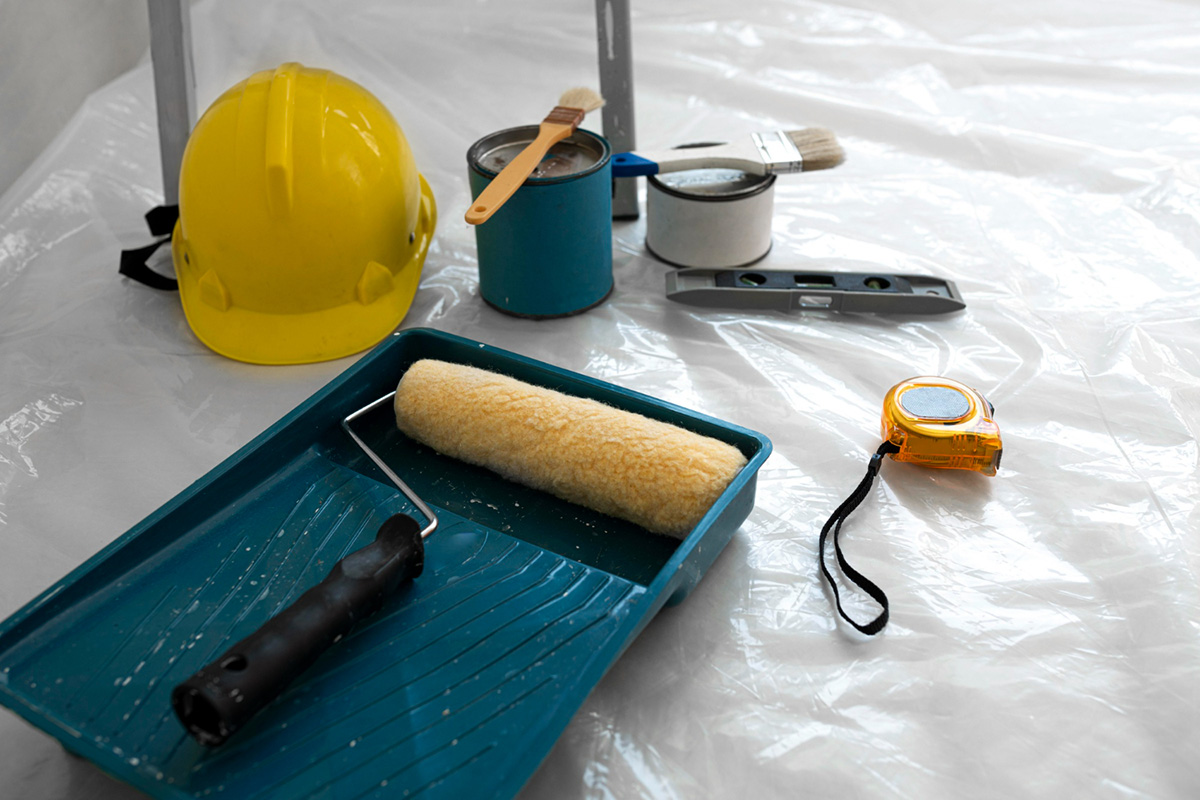Tips for Safe and Proper Painting Work

Painting is a refreshing way to raise your home's aesthetic appeal or spruce up any room. However, it can also lead to serious injuries if safety precautions are not strictly observed. Additionally, poor painting without adequate safety measures can lead to poor paint adherence, thereby compromising its ability to protect your home. This blog post will discuss practical safety tips for safe painting work.
Wear Protective Equipment
Before embarking on any painting work, the first safety tip is to wear protective gear. Required protective equipment includes gloves, respirators, goggles, and body covers to protect your skin from paint and fumes. Wearing protective gear will ensure that you come out of the painting task unharmed.
Test for Toxicity of Paints
Paints are made up of chemicals that can cause hazardous health hazards when inhaled. The toxicity levels vary from one type of paint to another. Hence, testing paint samples for toxicity beforehand can save you from exposure to toxic chemicals during painting. You can do this by purchasing paint from more eco-friendly companies or by using the label information found on the can of paint.
Proper Ventilation
Painting in a confined space with low ventilation is hazardous due to the inhalation of paint fumes. The fumes released from the paint can cause headaches, fatigue, irritation, and dizziness when inhaled. Thus, it is vital to ensure that the space you are painting is properly ventilated by opening the windows and the doors to facilitate air circulation.
Test Drop Cloths for Flammability
Drop cloths are essential for keeping floors and other surfaces clean during painting. However, they come in different materials, and some are flammable. Therefore, it's essential to test the drop cloth's material first for fire resistance by touching a lighter flame to the corner of the drop cloth. If the drop cloth resists burning, it's safe to use for painting.
Proper Storage of Paints and Materials
Paints and painting materials should be placed in their respective areas, and a proper storage system should be put in place to avoid an accident caused by paint spillage. Paint cans should be tightly sealed and placed in a storage area for paints away from any flammable materials. Extension cords also need to have separate storage where they are stored away from pets, children, and objects that may cause tripping.
Conclusion
Painting can be a fun and exciting exercise that rewards you with a beautifully colored and refreshed space. However, it's vital to undertake the painting task by observing proper safety measures to avoid getting injured or causing damage. This blogpost will provide excellent tips to keep you safe while painting. If you need more help, contact Lakestone painting today to provide professional, safe, and affordable painting services.